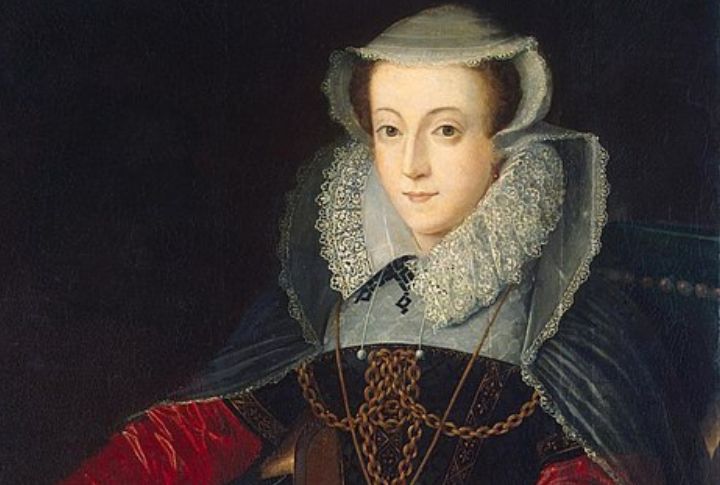
Monarchies have never played fair with time. Some rulers sat on thrones while still in diapers. Others kept crowns into their eighties. Across continents and centuries, age barely mattered when bloodlines or strategy dictated power. Curious who ruled the longest or barely learned to crawl before getting crowned? Then, this list may surprise you, especially number ten.
Sobhuza II Of Swaziland (82)
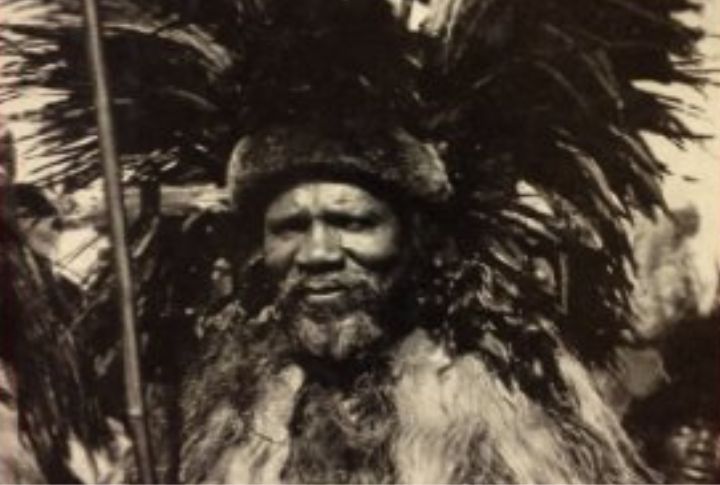
Sobhuza II ruled unbroken for 82 years—a monarch unmatched in time. Crowned paramount chief in 1921, named king by Britain in 1967, he guided Swaziland to sovereignty while preserving the custom. Through changing eras, he remained a constant force of royal duty until his passing in 1982.
Louis XIV Of France (72)

Few names echo through European history like Louis XIV’s. Known for grandeur and Versailles, he began ruling France at four and held power until seventy-six. While others aged out of politics, he leaned into it. His long reign gave France structure and prestige that shaped generations.
Johann II Of Liechtenstein (70)
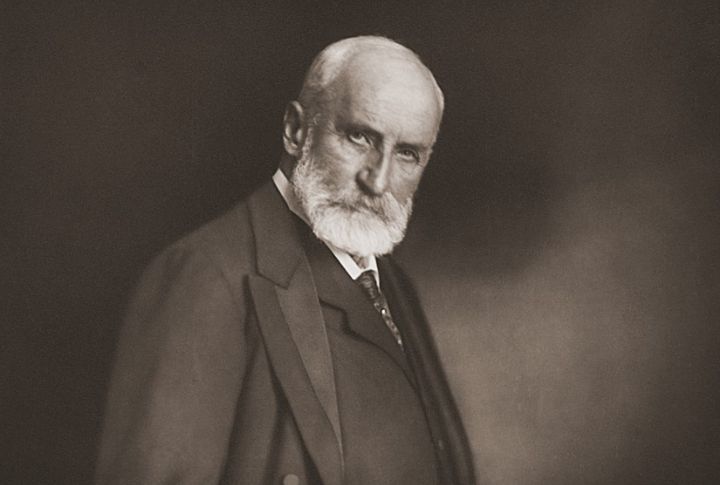
Silence often framed Johann II’s power. Ruling from 1858 to 1929, he avoided public appearances but left behind new legal systems and economic growth. His quiet leadership gave Liechtenstein a stable identity, and his seventy-year reign ensured a lasting impact even without the drama others attracted.
Franz Joseph I Of Austria (68)

A revolution set the stage for Franz Joseph’s rise in 1848. He stood firm during massive political shifts, leading the Austro-Hungarian Empire for nearly seventy years. Although his rule witnessed war, reform, and loss, he clung to order and loyalty as the world around him evolved.
Queen Elizabeth II (70)
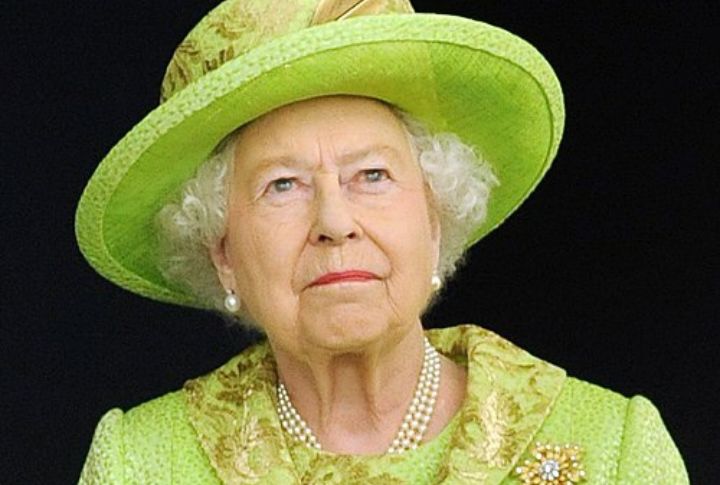
When Elizabeth became queen at twenty-five, she inherited more than titles. Her leadership spanned seven decades and weathered cultural shifts without crumbling tradition. From handwritten letters to televised addresses, she stayed present in people’s lives. Only a few modern kings or queens matched her consistency and strength.
Emperor Puyi Of China (2 Years, 10 Months)
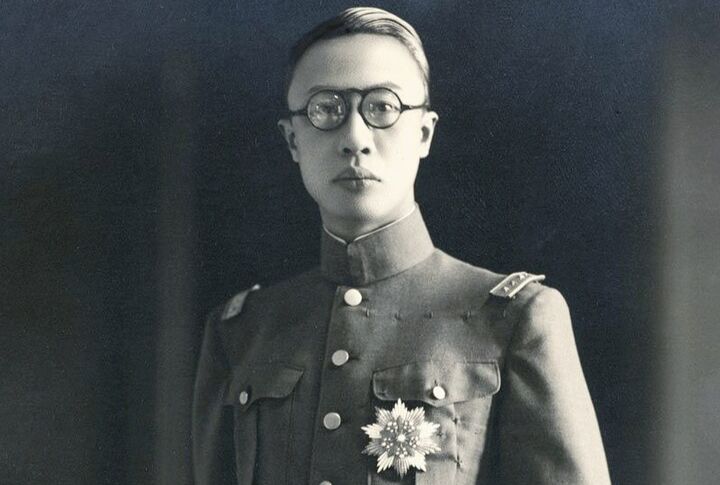
History made Puyi an emperor just shy of his third birthday. He never truly ruled but wore the crown during the Qing Dynasty’s final stretch. Advisors and relatives controlled his tenure, but his name remained linked to China’s fading imperial rule. His childhood throne marked the dynasty’s symbolic end.
Mary, Queen Of Scots (6 Days)
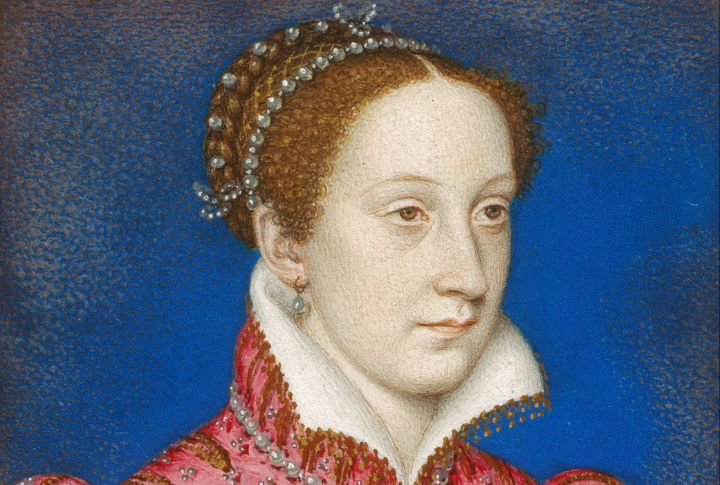
Scotland’s throne welcomed Mary just six days after her birth. Regents ruled while she grew up in France, preparing to lead from afar. By the time she returned home, her decisions had already shaped European politics. She remains a symbol of royal duty, born far too early.
Henry VI Of England (8 Months)
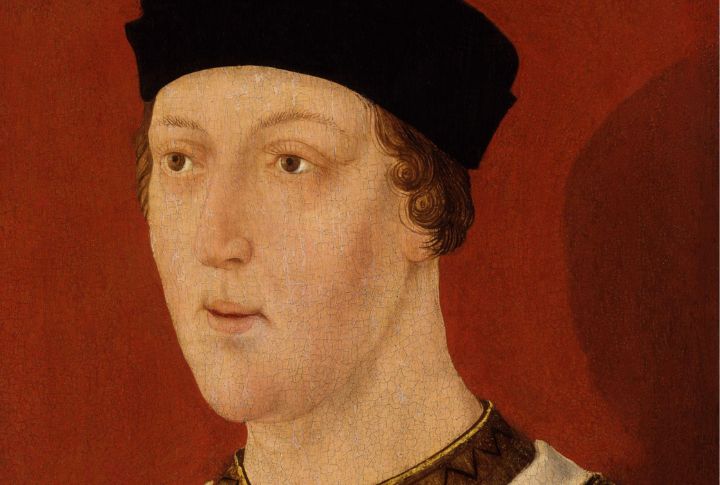
At just eight months old, Henry VI became king of both England and France during the Hundred Years’ War. Regents handled politics while he grew. Once old enough, his peaceful nature clashed with his violent world. Still, his baby-faced rise to power left a deep imprint on English history.
Tsar Ivan VI Of Russia (2 Months)
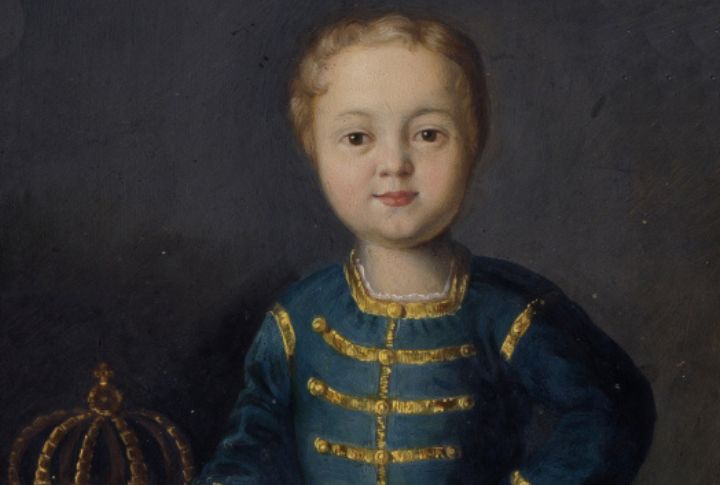
Ivan VI held the Russian crown before he could lift his head. Named emperor at just two months old, his reign ended in a coup before he turned one. Held prisoner for most of his life, his brief moment of power became one of Russia’s darkest royal episodes.
Alfonso XIII Of Spain (Birth)
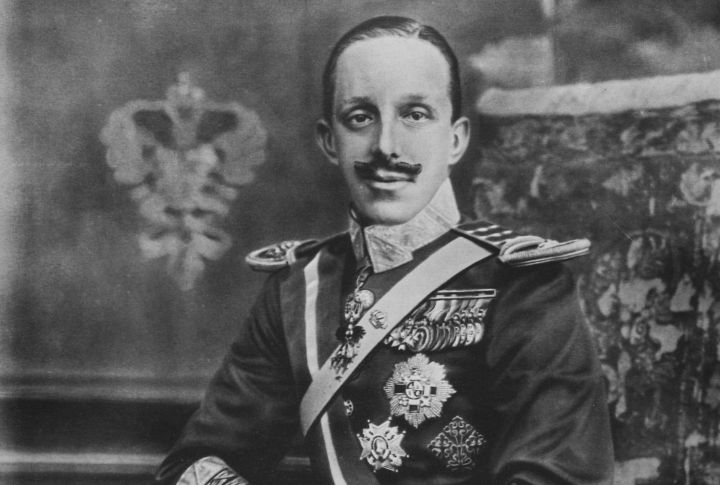
Alfonso’s life and kingship started together. His father died before he was born, which meant he became king the moment he entered the world. Though a regency managed the country in his early years, his royal status shaped his entire childhood and beyond.

